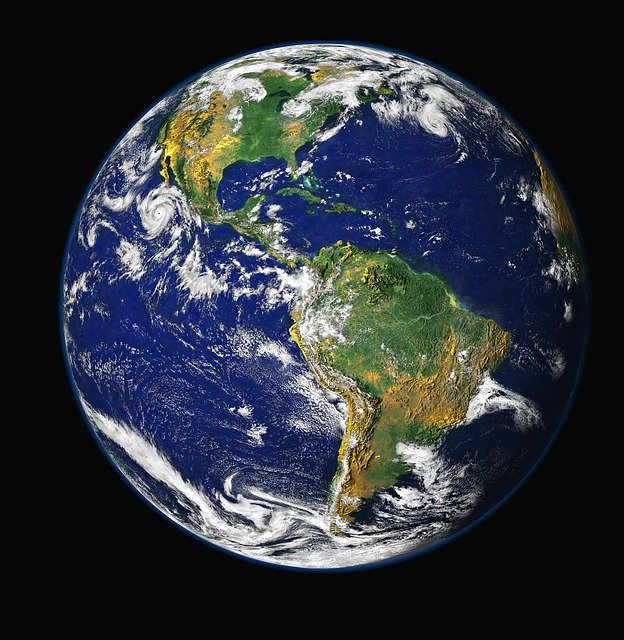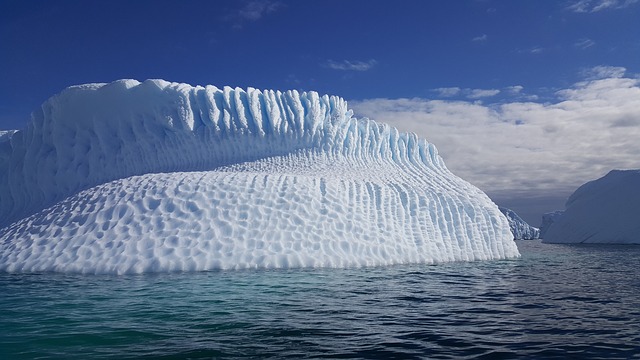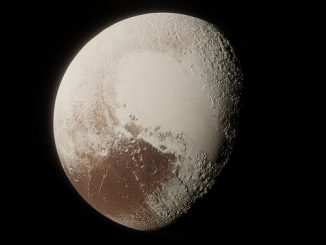
Why are the Polar Regions colder than the equator?
We know that the temperature in the polar regions (north and south poles) is at the sub-zero level and most of the regions are covered by ice. These regions are much colder than the equator. Why is it so? The reasons are given below:

- The earth is tilted by 23.4 degrees about its axis. Therefore, the angle of incidence of sun rays is less at the poles, resulting in less sunlight per unit area. It causes less amount of heat energy transfer to the polar regions. The poles do not get most of the sunlight through out the year. Hence the temperature at the poles is well below zero degree, which freezes the sea water in the region.
- But, the angle of incidence of sun rays is 90 deg at the equator. It causes more sunlight to fall per unit area in the equator. It results in greater amount of heat energy transfer. This is why the equator is hotter.
- The ice in the poles reflect most of the sunlight, whereas, the land at the equator absorbs it.
- The sunlight has to pass through more atmospheric particles, which absorb and scatter the sunlight at the poles. Because, the distance between the sun and pole is relatively higher when compared to that of the sun and the equator. More absorption of sunlight by the atmospheric particles results in less amount of light reaching the poles.
For the reasons stated above, the polar regions are much colder and icy.




Be the first to comment